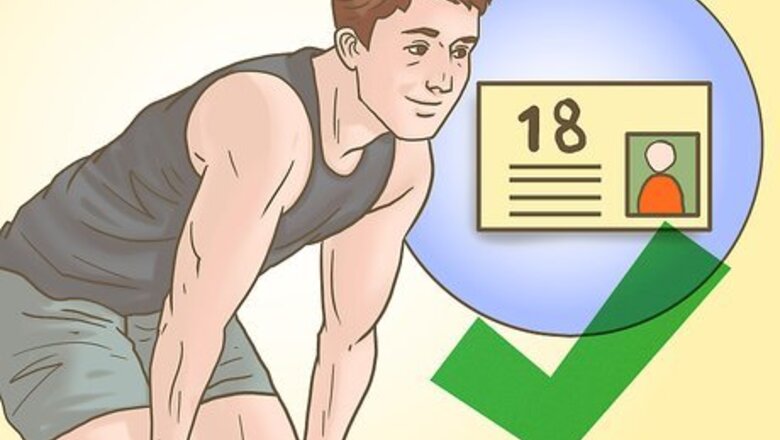
views
Checking Your Qualifying Times
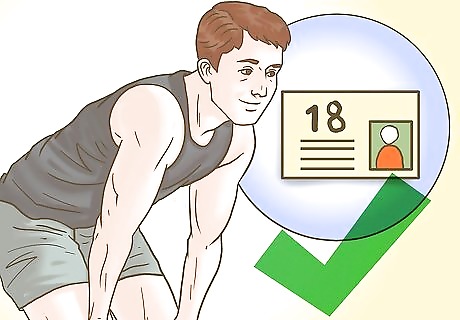
Be 18 years old at the time of the Boston Marathon. The Boston Marathon typically takes place in the middle of April. The minimum age you have to be in order to qualify is 18, or else you will not be able to register. Your age is based on how old you are at the time of the marathon. For example, you can register when you’re 17 if you turn 18 before the actual marathon.
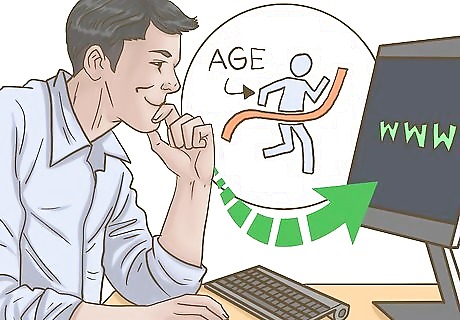
Check the times you need to run based on your age. Look at the Boston Marathon official website or the table at the bottom of the page to determine the minimum time required to qualify. The times must be from a certified full-length marathon in order for your registration to go through. Aim to reach at least the pace listed in order to be considered. The website for qualifying times can be found here: https://www.baa.org/races/boston-marathon/enter/qualify. For the 2018 Boston Marathon, qualifying times were cut off at people who beat their qualifying times by 3 minutes and 23 seconds.

Find a certified outdoor marathon within a year of the Boston Marathon. Look online for marathons taking place in your area. Contact the marathons near you and ask if they are certified for Boston Marathon qualification. Distances shorter than a full marathon or indoor marathons will not be accepted by the Boston Marathon.
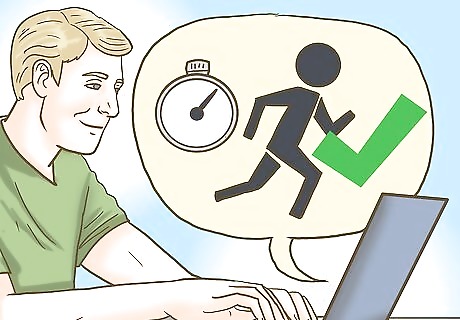
Check your results after the race. Many races don’t release official times until later in the day. Log into the website for the marathon and check your times to see if you got under the time needed to qualify for the Boston Marathon.
Training for Your Qualifier

Make a running plan over the course of 12 weeks to train for a marathon. Start on the first week doing easy runs about 3 miles (4.8 km) in length. At the end of the first week, double the length of your run and try to keep a steady pace. Continue building up your running pace and distance over time. Find specific running plans online that best suit your lifestyle. Account for at least 1 rest day every week in your training plan.

Use a fitness tracking app on your phone to track your time. Use a running app like Runkeeper or Strava to see how long it takes you to run a set distance. Many apps will also track your average pace per mile. Install the app and carry your phone with you while you run. Wear your phone on an armband so you don’t have to worry about it falling out of a pocket.

Practice doing long runs on the weekends. On Saturdays or Sundays when you have the most time, work on upping the distance you run at an easy pace. Aim to run at least 14 miles (23 km) by the second weekend and try to go 2 miles (3.2 km) further every 2 weeks. By week 10 of the training plan, you should be running about 20 miles (32 km) in one day. Wear proper running shoes or else you could have foot and back pain.

Do shorter runs the week before your race. On the week leading up to the marathon you’re running, lower your distance back down to under 5 miles (8.0 km). This way your muscles have time to relax before your big race.

Warm up and cool down before and after you run. Before breaking into your main run, walk or jog for 10 minutes to warm up. After your long run, walk for another 10 minutes to bring down your breathing and heart rate. Practice your stretches to loosen up so you don’t damage your muscles. Warming up and cooling down help you maintain flexibility and helps prevent you from getting light-headed.
Registering for the Boston Marathon
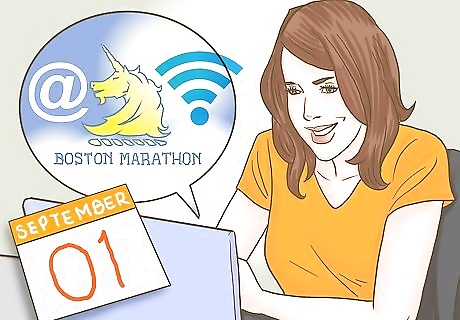
Go to the official registration website starting in September. The Boston Marathon has a rolling admission, meaning they faster runners submit entry forms before slower runners. Log onto the website and create an account to find the best time for you to register. The registration site for the Boston Marathon can be found here: https://www.baa.org/races/boston-marathon/enter/registration. After 5 days, the registration closes to verify those who already entered. If there’s still open space left, the registration will open back up.

Submit your qualifying race and time. Type in the name of the race, when you ran it, and the official time that was tracked by the chip provided to you on the day of the race. You also need to enter your birthdate so the marathon can verify your times met the required qualifying times. Meeting your age group’s qualifying time doesn’t guarantee you a spot in the Boston Marathon, but it does allow you to submit. All of the qualifying times are subject for review and verification.

Provide a Visa or Mastercard for your registration fee. At the time of registration, you need to provide a valid credit card to make a payment. United States residents must pay $180 USD, while international runners must pay $240 USD. As of 2018, the Boston Marathon only accepts Mastercard or Visa.

Wait for a response from the registration. Depending on the qualifying marathon you ran, it may take a few days for you to receive a response. Check your email frequently to see if you received an email about being officially entered. All official entrants are allowed to compete in a free 10K and half marathon as training before the race.

















Comments
0 comment